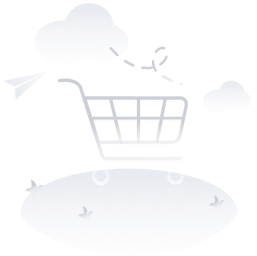Text Help
1. Change Existing Text (Such as Font, Color, Size, Outline, Outline Size, Outline Color, Bold, Italic, Align Left, Align Center, Align Right, Line Height)
Click the text on your design, and a toolbar will pop up with all of the formatting options you need.
2. Add Text Box
The text fields are on the left side of the page.
Image Help
1.Change Background
This function is on the left side toolbar. Click "Edit Background" can change the background color you want.
2. Add Text Box
Your text fields are on the left side of the page.
3. Add Your Logo, Photo, or Other Image
Click The Left Toolbar of the "Upload Image ",then upload from your computer or social sites. All the images you uploaded will save at the bottom of the "Upload Image" and let you use it. Besides, you can also search from our Images Library and use them for free.
4. Add Shapes
Add Shapes function is also on the left side toolbar, here will show you some common shapes. Click "Search Graphics" will show you more.
5. Move and Resize an Image.
Please select the image. When the toolbar pops up, move the mouse to move and resize, pull the corner handles around your image to maintain proportions.
6. Rotate Your Image.
Please select the image. When the toolbar pops up, move the mouse rotates until it is how you want it.
Design Tips:
1.Bleed Zone
The very edges of the document are called the bleed zone.To prevent an unwanted white border from showing at the edge of your graphic, Please be sure to extend any background colors or design elements to the edge.
2. Safe Zone
All the critical elements (such as text, images, graphic elements, logo) must be kept inside the dotted line to ensure that they aren't cut off when your document is trimmed.
3. Design in CMYK
Since computer monitors use RGB color mode (Red, Green, and Blue) and the professional printers use the CMYK color mode (Cyan, Magenta, Yellow, and Black), you should convert your document to use the CMYK color mode to achieve the most accurate color results. If your software allows, use "CMYK: Web Coated (SWOP) V2" to see the most accurate representation of the final printed colors.
4. Use Vector Images
When possible, use vector graphics created in a desktop publishing program. Vector images are different from photos because they use mathematical equations to define each component of the picture. Vector images retain high image quality at any size.
5. Things to Check about Your Artwork(can use our zoom in and zoom out function):
a. Text size is legible, and color stands out against the background.
b. Nothing is overlapping or too close to the margins.
c. Information is accurate and spelled correctly.
d. Images are clear and don't appear blurry.

Comments (0)